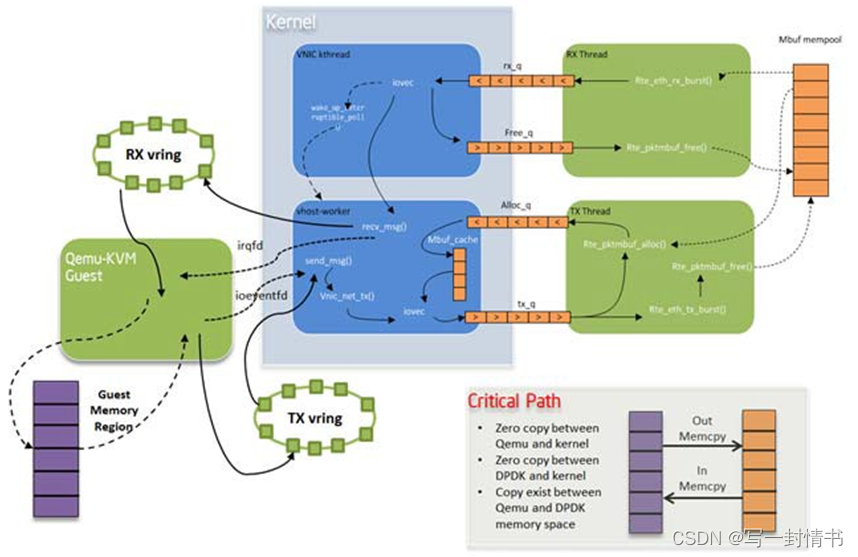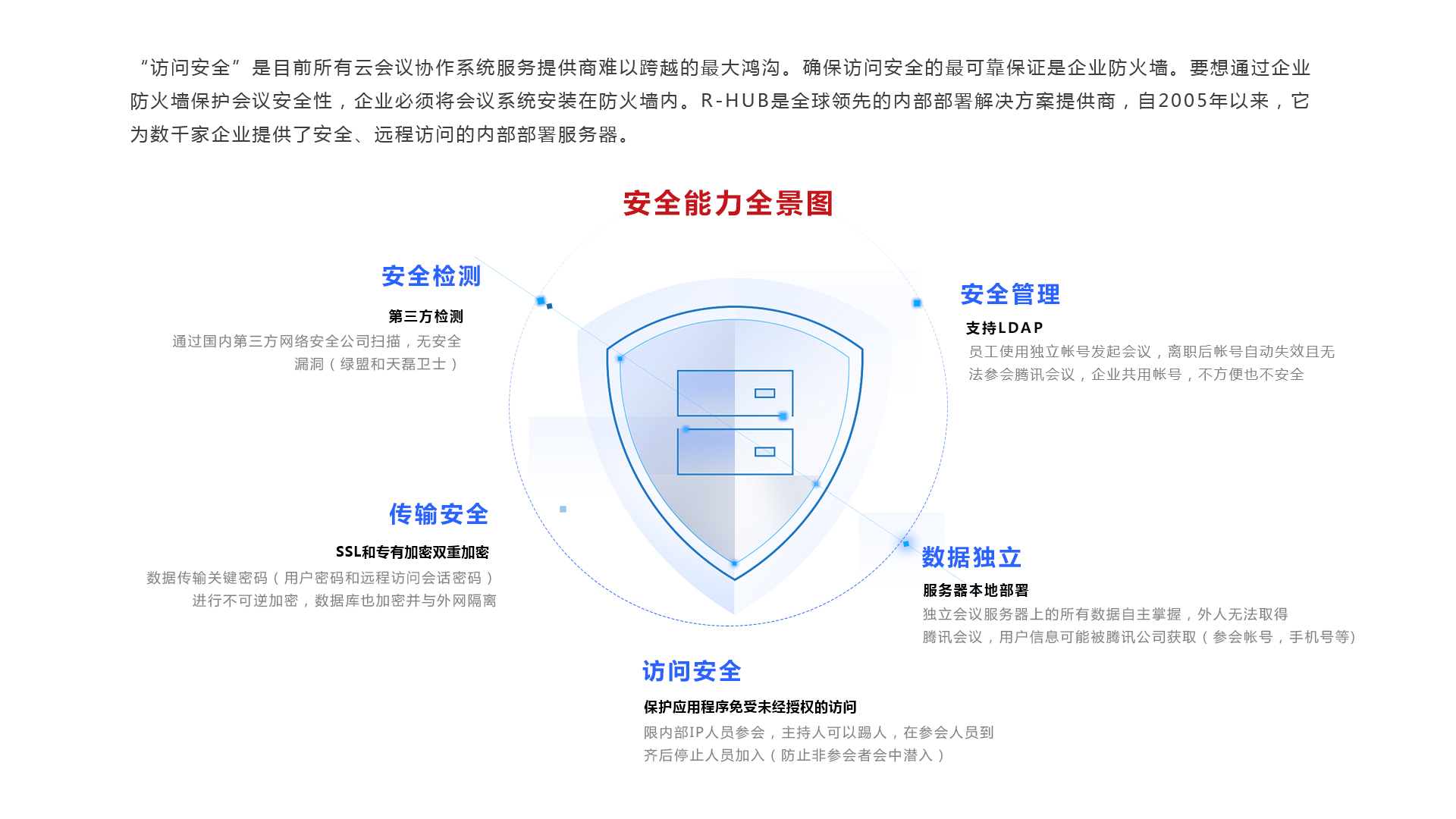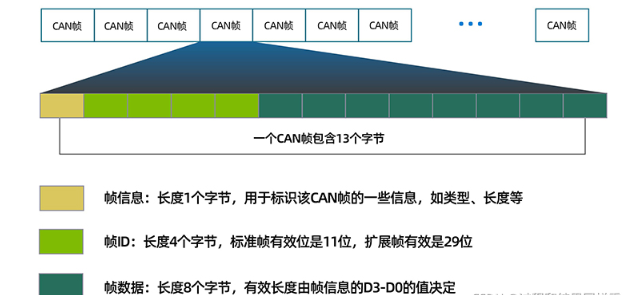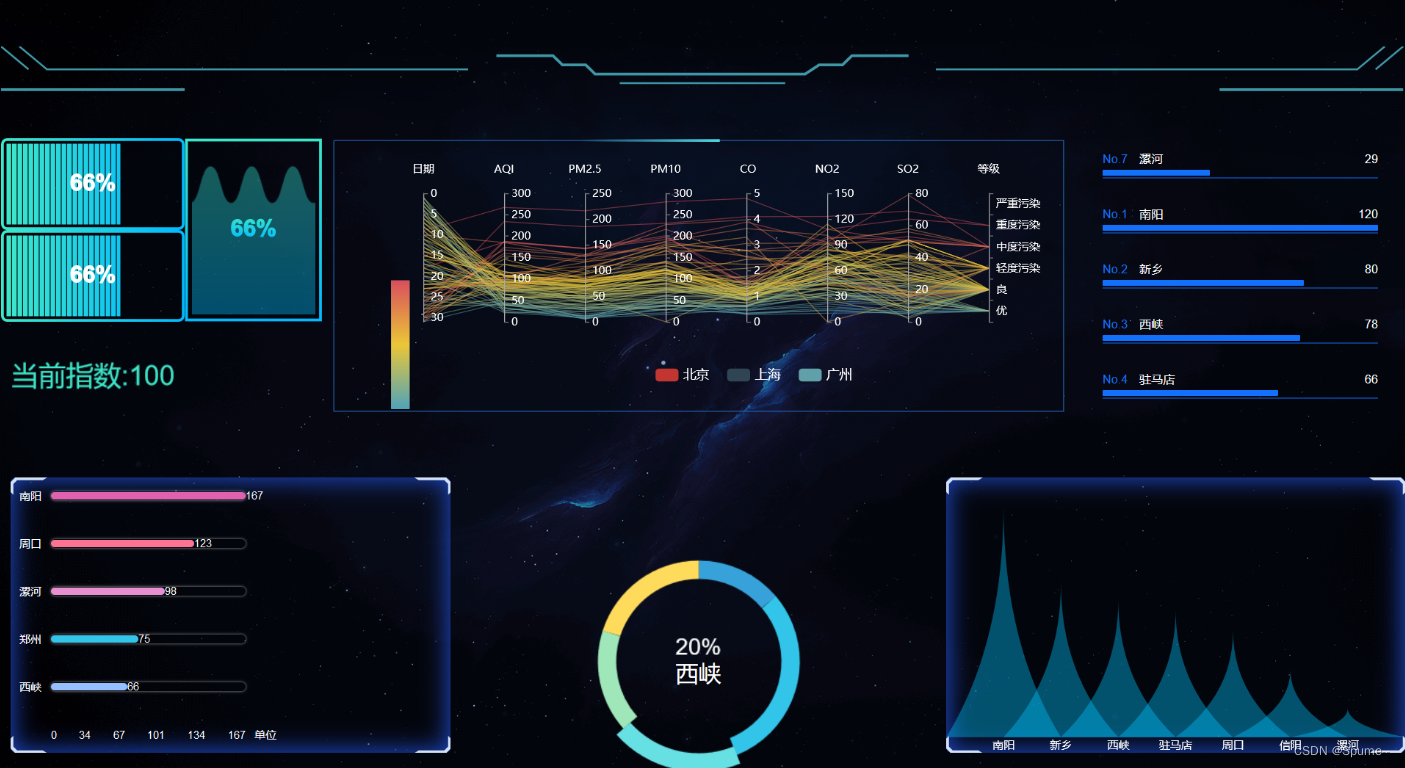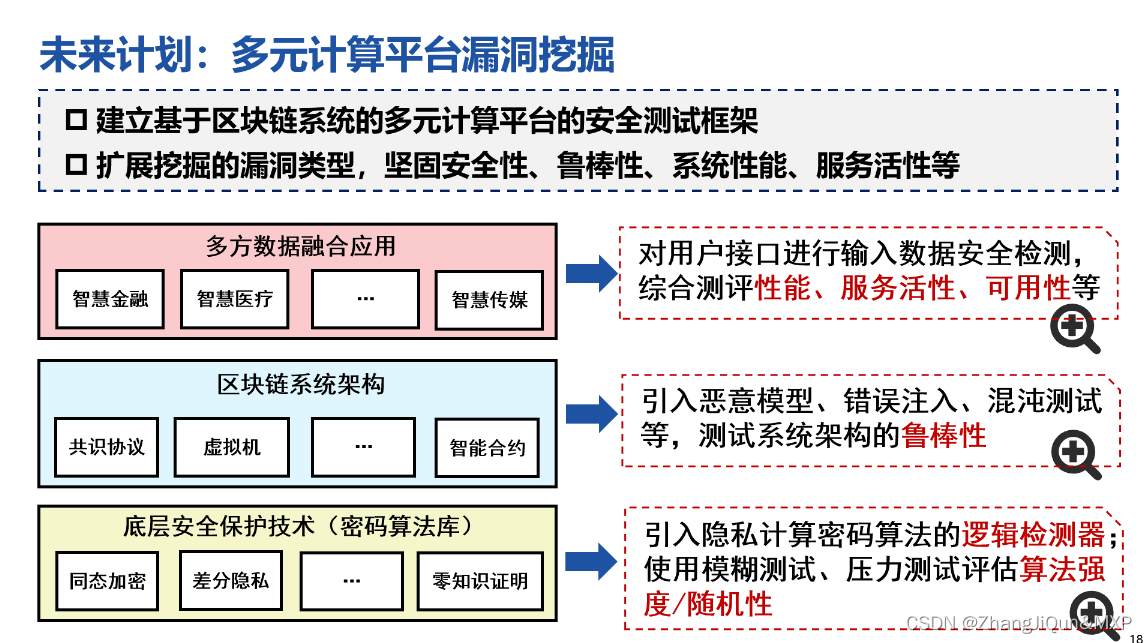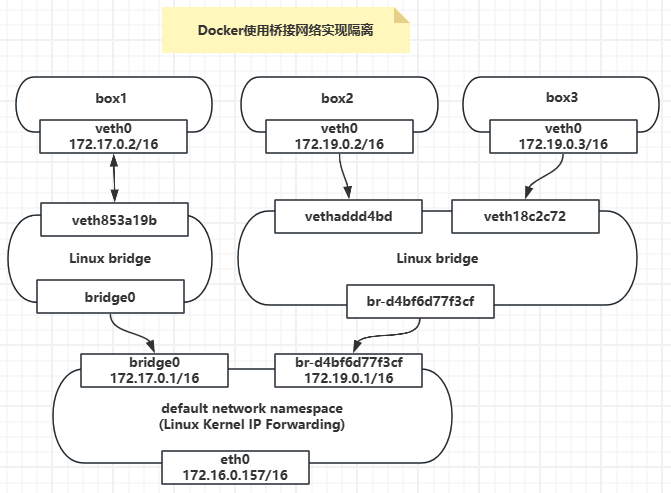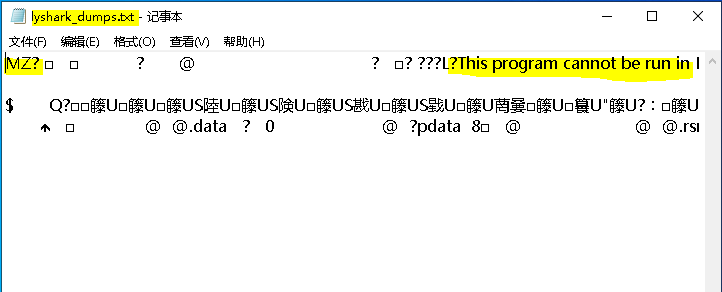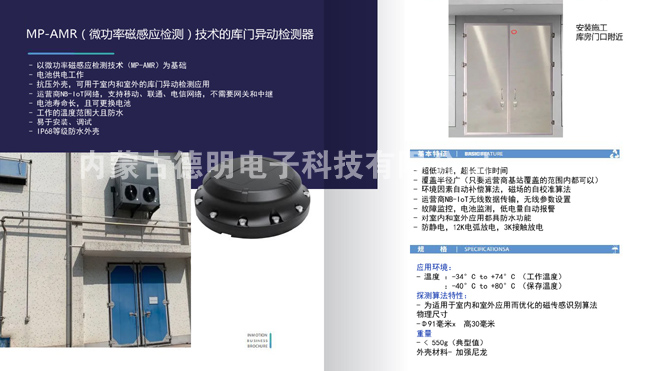
审题要清楚:
 最小深度是从根节点到最近叶子节点的最短路径上的节点数量。注意是叶子节点(左右孩子都为空的节点才是叶子节点!)。
最小深度是从根节点到最近叶子节点的最短路径上的节点数量。注意是叶子节点(左右孩子都为空的节点才是叶子节点!)。
算法:
既可以求最小高度,也可以直接求深度。
最小高度:
后序遍历(找到叶子节点,然后从下往上求,LRV)
求深度:
前序遍历(从上往下查,VLR)
前序遍历更符合常规逻辑,但是代码稍微复杂一些,所以这里用后序遍历。
调试过程:
递归法
# Definition for a binary tree node.
# class TreeNode:
# def __init__(self, val=0, left=None, right=None):
# self.val = val
# self.left = left
# self.right = right
class Solution:
def minDepth(self, root: Optional[TreeNode]) -> int:
return self.getdepth(root)
def getdepth(self, node: Optional[TreeNode]):
#空节点,若root为空,空树
if node == None:
return 0
else:
#求左右子树的高度
leftheight = self.getdepth(node.left)
rightheight = self.getdepth(node.right)
#排除只有左子树或右子树单个子树为空的情况
if node.left == None and node.right != None:
#返回值还要加上父节点的高度
return 1+rightheight
if node.right == None and node.left != None:
#返回值还要加上父节点的高度
return 1+leftheight
elif node.right != None and node.left != None:
return 1+min(leftheight,rightheight)
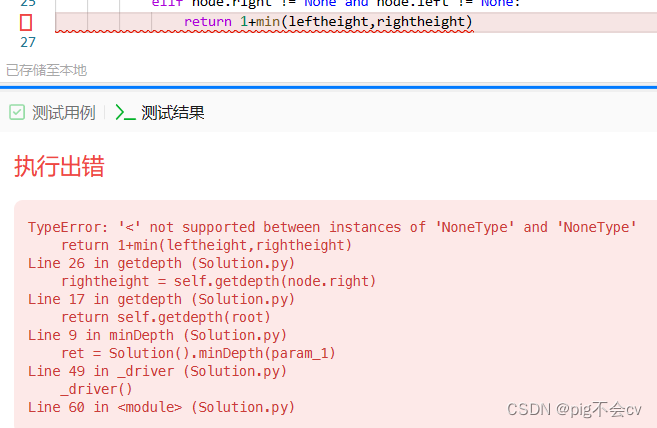
原因:
尝试使用`<`运算符比较两个`None`值,而在Python中这是不允许的。
在你的代码中,错误发生在`return 1+min(leftheight,rightheight)`这一行,当`leftheight`和`rightheight`都是`None`时。这种情况发生在一个节点既没有左子节点也没有右子节点的情况下。
正确代码:
# Definition for a binary tree node.
# class TreeNode:
# def __init__(self, val=0, left=None, right=None):
# self.val = val
# self.left = left
# self.right = right
class Solution:
def minDepth(self, root: Optional[TreeNode]) -> int:
return self.getdepth(root)
def getdepth(self, node: Optional[TreeNode]):
#空节点,若root为空,空树
if node == None:
return 0
else:
#求左右子树的高度
leftheight = self.getdepth(node.left)
rightheight = self.getdepth(node.right)
#排除只有左子树或右子树单个子树为空的情况
if node.left == None and node.right != None:
#返回值还要加上父节点的高度
return 1+rightheight
if node.right == None and node.left != None:
#返回值还要加上父节点的高度
return 1+leftheight
return 1+min(leftheight,rightheight)
时间空间复杂度:
时间复杂度分析:
- 在最坏情况下,需要遍历二叉树的所有节点才能确定最小深度。因此,时间复杂度为O(n),其中n是二叉树中的节点数。
空间复杂度分析:
- 递归调用的空间复杂度取决于递归的深度,即树的高度。在最坏情况下,二叉树是一个链表结构,高度为n。因此,递归调用的空间复杂度为O(n)。
- 此外,除了递归调用的空间,没有使用额外的数据结构。因此,除了递归调用的空间外,空间复杂度为O(1)。
综上所述,时间复杂度为O(n),空间复杂度为O(n)(由于递归调用的空间)或O(1)(除了递归调用的空间)。
